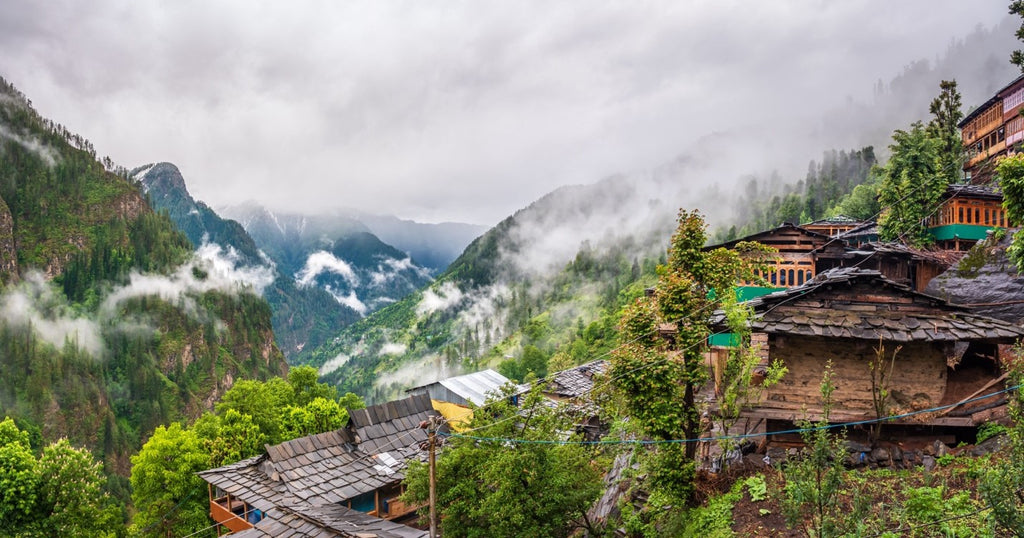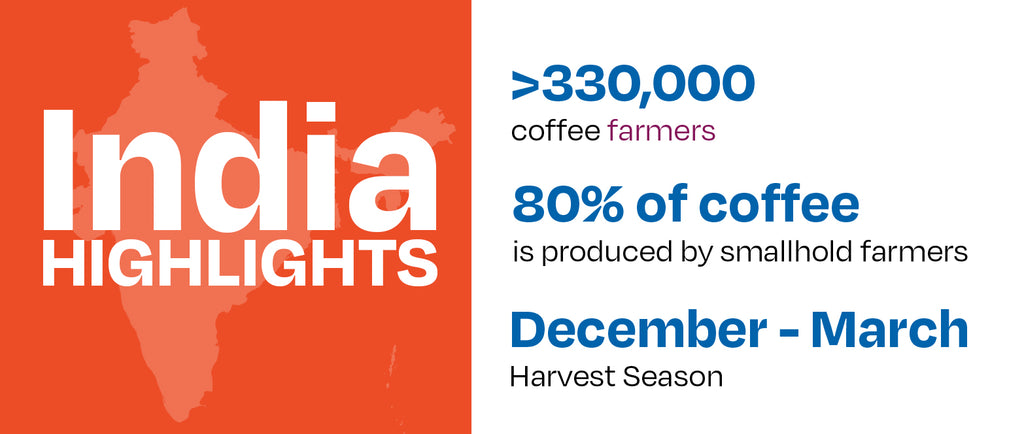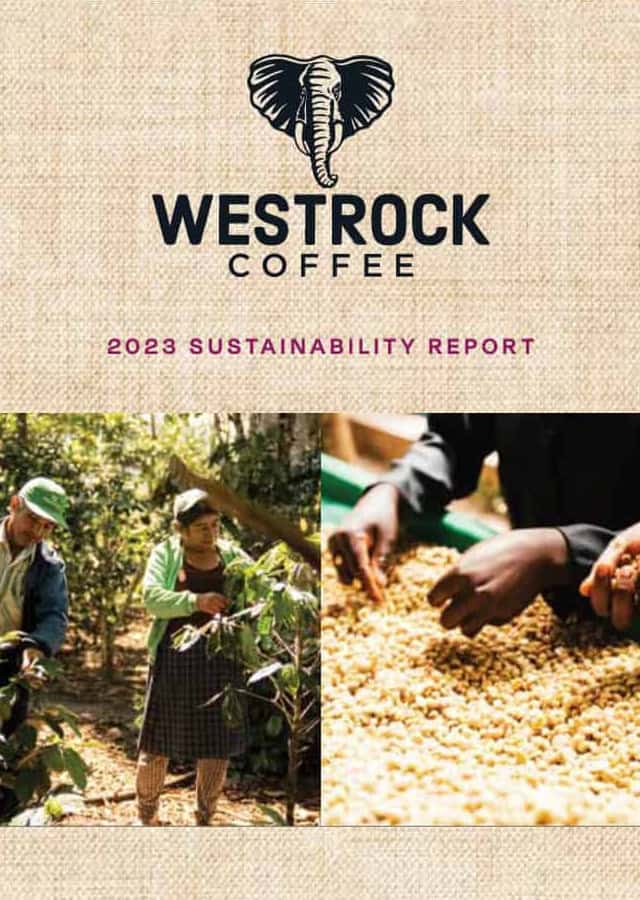June 12, 2024
This month’s coffee country feature takes us back to Asia. Asian countries that were previously associated mainly with tea production are increasing their coffee production and are developing greater recognition as major players in the coffee industry. India is one such country, and as the 6th largest producer of coffee in the world, its importance in coffee cannot be underestimated.


Like most other coffee producing countries, India is situated along the equator, providing the tropical climate that allows coffee plants to thrive. Although coffee is grown in regions across India, around 90% of production is centralized in the south of the country in Karnataka, Kerala, and Tamil Nadu. In fact, Karnataka is where coffee first took hold in India.
The story of coffee in India began in the late 17th century. As the legend goes, an Indian pilgrim to Mecca snuck seven coffee seeds from Yemen into India, planted them in Karnataka, and thus the coffee industry in India was born. When coffee first came to India, production was focused on the Arabica species of coffee, however, due to a devastating infestation of coffee leaf rust (a common disease that impacts coffee plants around the world) production shifted to the Robusta species. This switch was made because although Robusta is typically considered a lower quality coffee species, it is much heartier and has greater disease resistance than the Arabica species. Today Robusta production in India makes up almost 80% of their total coffee volume.

Coffee in India is primarily grown using an agroforestry model in which coffee is intercropped with other plants like peppers and cardamom beneath larger shade trees that protect the coffee plants from higher temperatures. India has a leg-up when it comes to coffee production amidst climate change as many countries are striving to adopt the agroforestry coffee production style to react to hotter and more unpredictable climate conditions.
For centuries, residents of India have chosen tea as their daily beverage, with around 70% of the country’s coffee crop being exported for consumption in other countries. However, domestic demand for coffee more than doubled between 2000 and 2011 and has continued to grow from there. The growing prominence of coffee both in domestic beverage consumption and in the presence of Indian coffee in the global market means Indian coffees are on their way to becoming recognizable around the world for their unique flavor and climate focused agricultural practices.

The distinct flavor of some Indian coffees can be attributed to a unique processing method known as “Monsoon Malabar”. The monsoon method of coffee processing originated due to a need to preserve the flavor of Indian coffees as they traveled from India to Europe, sitting on ships for months. The monsoon processing method occurs over 2 to 3 months during monsoon season in which natural sundried coffee is stored in open air containers. This allows the beans to absorb the damp air, causing them to swell and lighten in color. This leads to coffee with low acidity, earthy flavor, and a heavy body.





